There are tons of tutorials on how to curry functions, and as many questions here at stackoverflow. However, after reading The Little Schemer, several books, tutorials, blog posts, and stackoverflow threads I still don't know the answer to the simple question: "What's the point of currying?" I do understand how to curry a function, just not the "why?" behind it.
Could someone please explain to me the practical uses of curried functions (outside of languages that only allow one argument per function, where the necessity of using currying is of course quite evident.)
edit: Taking into account some examples from TLS, what's the benefit of
(define (action kind)
(lambda (a b)
(kind a b)))
as opposed to
(define (action kind a b)
(kind a b))
I can only see more code and no added flexibility...
